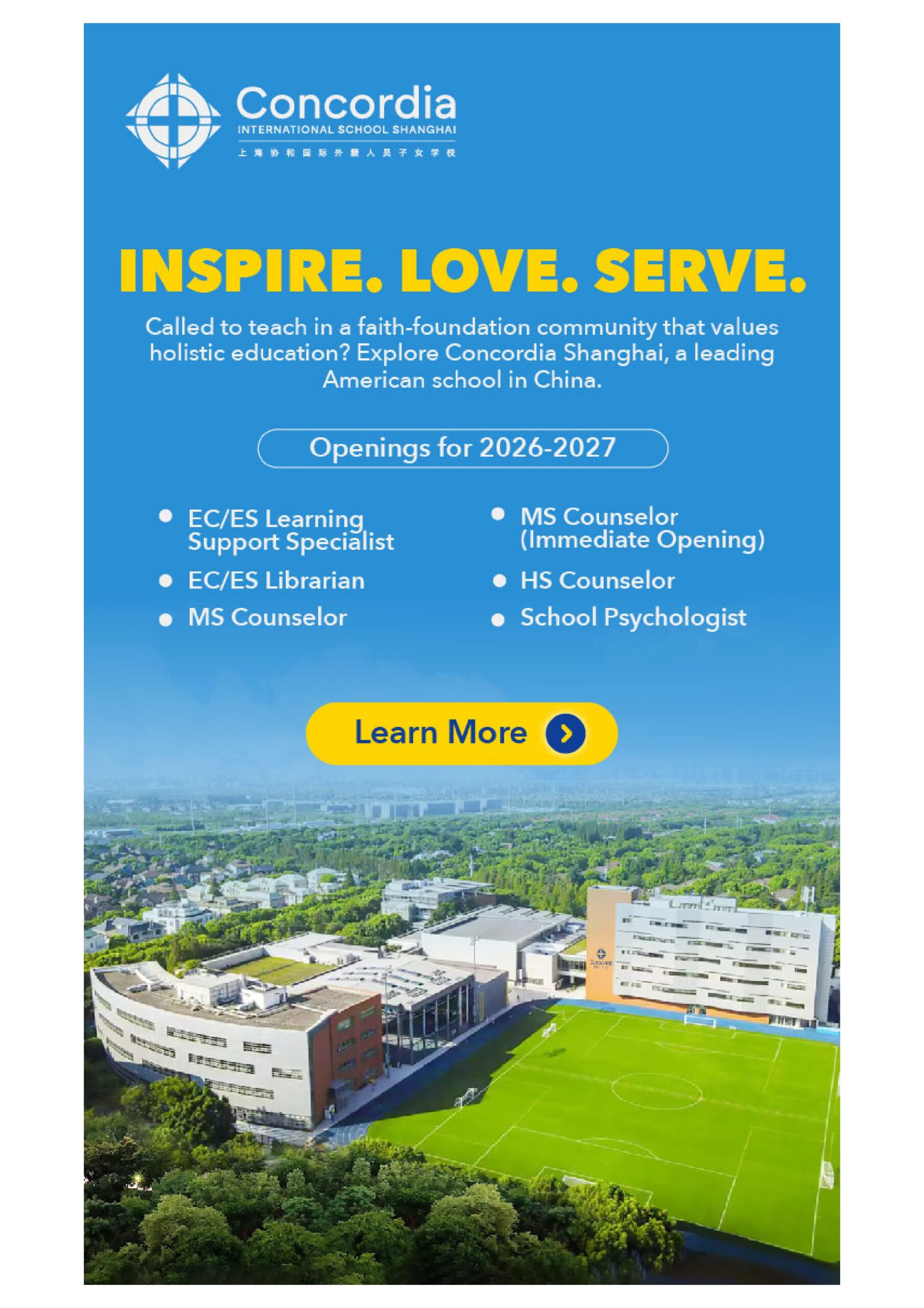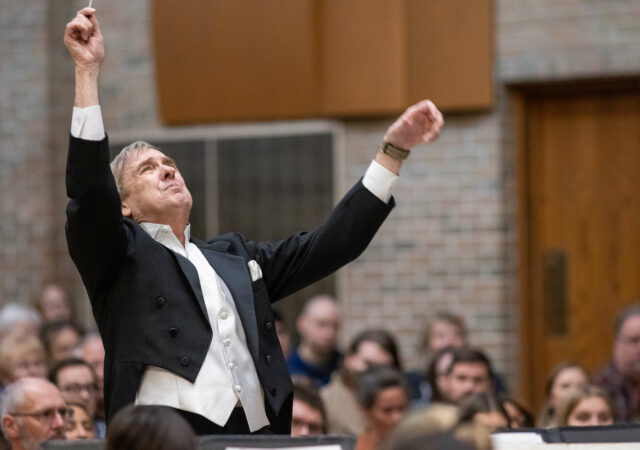LCMS Disaster Response received several inquiries related to a Page 1 story in the October Reporter titled “LCMS Disaster Response provides lifelines year-round,” which told the stories of many of the smaller projects that are funded through disaster donations. While most people know LCMS Disaster Response from long-term work with major disasters around the world, a significant part of that work is standing in the gap when insurance and other agencies don’t provide the help needed by congregations, schools and individual families. This follow-up story is shared to help readers understand why LCMS Disaster Response provides such support in times of need. — Ed.
Needs are needs. And when disaster strikes — delivering a devastating financial blow to an already-struggling congregation or school — LCMS Disaster Response is available to help in whatever ways it can.
Its “emergency” grants are awarded to LCMS congregations, districts, Recognized Service Organizations and partner-church bodies within the first 30 days of a natural or man-made disaster to provide basic, urgent needs such as food, water, temporary shelter, medicine, chainsaws, tarps, fuel, shovels, cleaning supplies and counseling.
“Relief” grants from LCMS Disaster Response — given more than 30 days after a disaster — address intermediate and long-term needs and are intended to help congregations, schools, church workers and community residents to “get back on their feet,” according to the Rev. Bart Day, executive director of the Synod’s Office of National Mission and LCMS interim chief mission officer.
Those funds, he adds, are sometimes used to cover “gaps” between what the Federal Emergency Management Agency (FEMA) and insurance will pay and the needs of the disaster victim.
For example, in the case of an older congregation or school — which may not have up-to-date electrical wiring, plumbing, heating and cooling systems — these relief funds also may be used to help the institution bring those things up to current building codes.
The policy holder “is responsible for those costs,” notes Day, because insurance usually does not cover them. “For congregations and schools, which often have wiring that is in excess of 50 years old, these repairs can be very costly.”
When those expenses are a hardship for a congregation or school, “LCMS Disaster Response provides relief grants that help meet those gaps,” he explains. “When congregations and schools have adequate resources to cover these expenses, they fill the gap themselves. When they do not have adequate resources — yet have an active congregation that otherwise covers expenses through member gifts, LCMS Disaster Response proposes a 50-50 split.
“When the congregation does not have adequate resources and is in a low-income or struggling community, LCMS Disaster Response may cover the complete expense.”
Day describes the Synod’s disaster-response work as “unique” because it is accomplished in conjunction with disaster-response coordinators in each LCMS district “who are trained and on the ground helping assess and bring support.” The Synod also provides a disaster manual — recently updated — to guide individual Lutherans, congregations and schools as they respond to local calamities.
The real beauty of LCMS Disaster Response, he adds, is its focus on long-term assistance that’s provided “long after” FEMA, the American Red Cross and other state and federal response agencies have left.
He points to tornado-battered Joplin, Mo., which received LCMS disaster funds as recently as February 2013 — almost two years after the May 22, 2011, storm.
“We are also unique in that we work with local congregations as they make the response and do the work within their communities,” he said. “This is their response — not Synod’s.
“Of course, what we are able to bring is training, experience, guidance and financial capacity from our donors that allows amazing things to happen,” such as the “Hope and a Prayer Center by the Sea” that is providing pastoral care, counseling, after-school programs, literacy training and food programs in a high-crime area of New York that was damaged by Superstorm Sandy two years ago (click here for related story). Funding for the new center, dedicated Oct. 29, came from the Synod and the Atlantic District.
“On top of this domestic work are the international responses that continue, too,” Day noted.
“We always stand ready to try and help whenever and however we are able,” he adds. “May the mercy of the Lord be spread far and wide as we help those who are in need.”
For more information about LCMS Disaster Response — including how to make a gift to support the Synod’s relief and recovery efforts — visit lcms.org/disaster.
Posted Nov. 21, 2014




